An Introduction to Harm Reduction
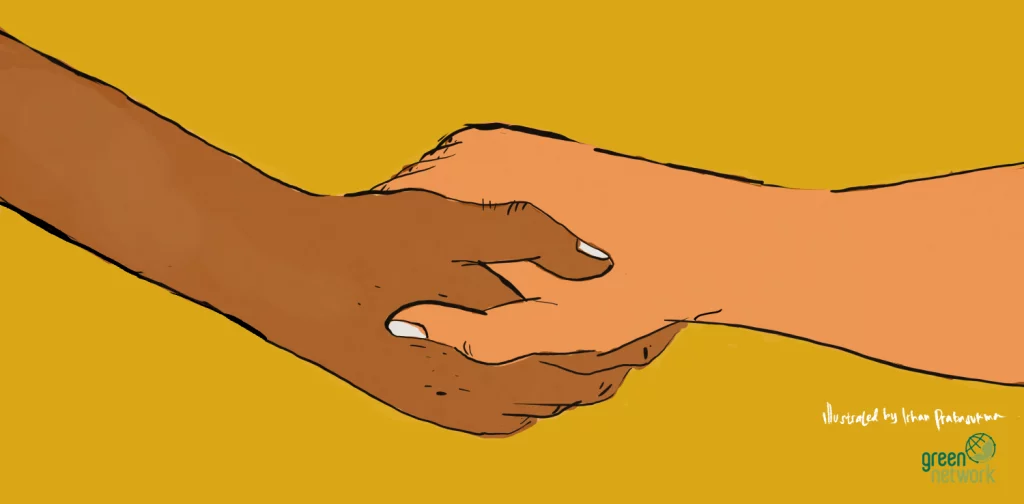
The illustration of Harm Reduction with the fundamental purpose of upholding the safety and dignity of all people.
As human beings, we often aspire for ideal, clear, black-and-white solutions to problems in society. As we learn more about policy challenges, we realize that the world has many complex and difficult issues with solutions that cannot always be delivered in such measures.
In the efforts to create a better and sustainable future for all, we can’t simply wait until we find a way to teleport us to Utopia. Many of us would fall through the cracks while waiting for this perceived perfect solution, and that’s not the better world we’re working toward. The transformative principles of “Human Rights-Based Approach” and “Leave No One Behind” of the 2030 Agenda for Sustainable Development (SDGs) require our commitment to include the most marginalized groups of people in national development planning and initiatives.
In short, there need to be layers of protection to ‘catch’ those who are likely to ‘fall through the cracks’. Among many public policy interventions, Harm Reduction can act as one of these layers.
What is Harm Reduction?
There is no single universally fixed definition of Harm Reduction. Just like the literal meaning of the words, Harm Reduction refers to policies, programs, and practices developed to reduce harm by minimizing adverse health, social, legal, economic, and even environmental consequences of human behaviors and activities.
The Harm Reduction approach intends to create positive changes with all stakeholders and people without judgment, discrimination, and coercion as a precondition of support and inclusion. This approach is grounded in the spirit of human rights, social justice, and compassion with the fundamental purpose of upholding the safety and dignity of all people.
Harm reduction doesn’t eliminate harm; it works by lessening the harm of human behaviors and activities that are not possible to be eliminated entirely. It’s something that’s constantly improving over time and made possible with the advancement of evidence-based scientific research and technological innovations. As a direct and indirect impact of these efforts, the premise of Harm Reduction has expanded from the area of public health to environmental sustainability and beyond.
Harm Reduction in Daily Life
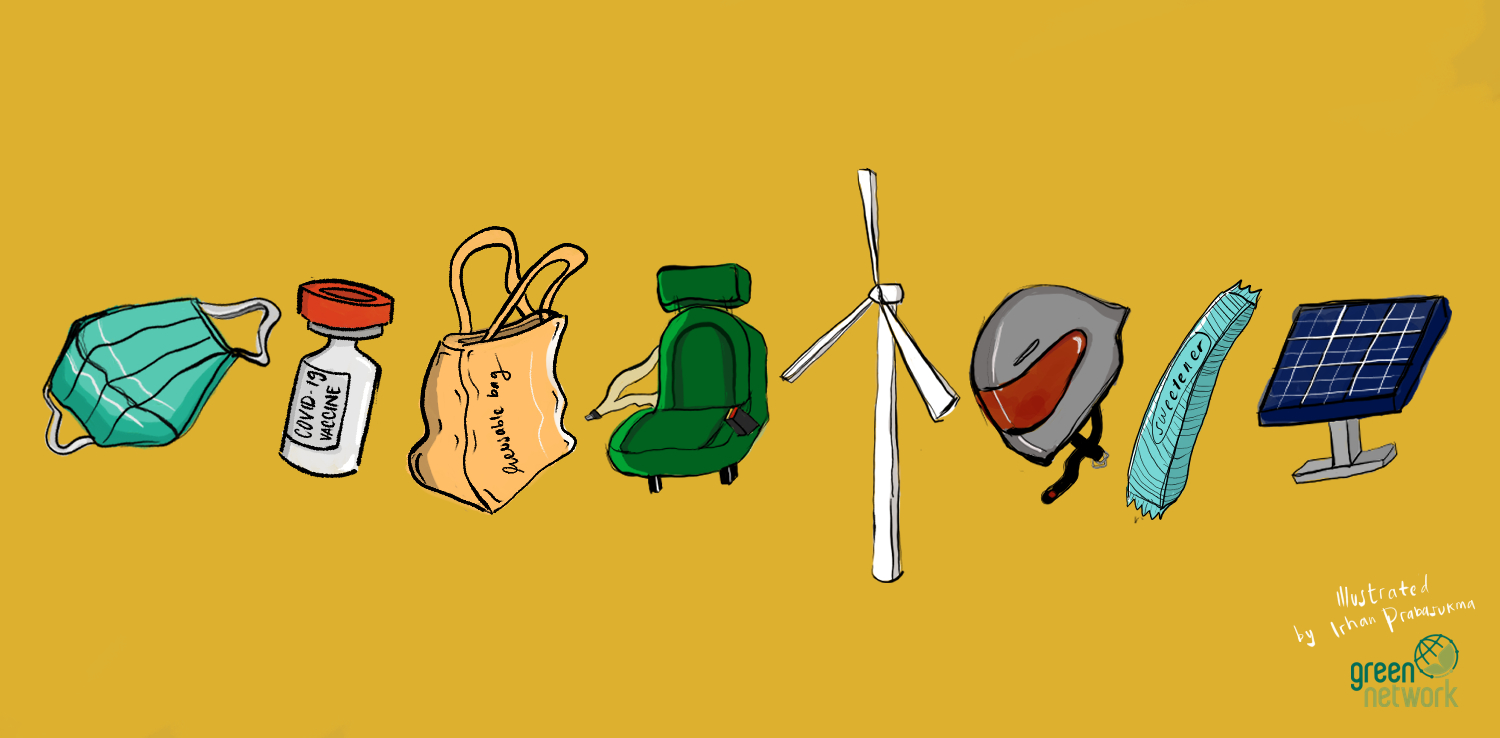
Some of us may still be confused about Harm Reduction. While the concept may seem new to many, in reality, we are already familiar with and even embrace it in our daily life. We just haven’t realized that these things, in principle, are Harm Reduction practices and tools, including and are not limited to:
- Public health – wearing masks and receiving vaccines to reduce the risks of viral and bacterial infections, especially in the COVID-19 pandemic.
- Food & beverage – low sodium salt, low-calorie artificial sweeteners as sugar alternatives, and rice with low glycemic index for diabetics.
- Vehicle safety – seatbelts, airbags, helmets, traffic laws, and regulations.
- Disaster risk – earthquake alarm, flood predictions, fire drills.
- Smoking habits – alternative tobacco products, such as heated tobacco products and electric cigarettes, as well as nicotine pouch, patch, and gum.
- Climate change – renewable energy (electric vehicles, solar panels, etc.) to replace fossil-based energy such as oil, gas, and coal, corporate sustainability and ESG reports, zero-waste lifestyle.
The Importance of Harm Reduction Education
While there has been an increasing number of scientific research on Harm Reduction, the approach is not without scepticism and criticism. Some government agencies, experts, and civil society organizations are worried about the “gateway” effect of the intervention, especially for the youth. Meanwhile, businesses that work on less harmful innovative products cannot yet communicate the science of their innovation in the most accurate messages that uncover the actual value of Harm Reduction.
Misperception from misinformation can be dangerous to all stakeholders and the general public. It might also prevent society from obtaining the value of adopting Harm Reduction. Thus, public education on Harm Reduction based on scientifically proven evidence is necessary. All stakeholders, including governments, businesses, civil society, and media should understand the benefits and challenges of Harm Reduction so that the approach can reach its full potential in solving complex problems and addressing policy dilemmas.
Moreover, Harm Reduction education also strongly correlates with the right to science, information, and health for everyone, including individual citizens and customers. Armed with the proper education, all of us at an individual level can be aware of all the choices we have and know what and how to ask for better, more inclusive alternatives.
Harm Reduction can be a middle ground solution to help tackle difficult problems in society and should be incorporated into public policy. At the same time, all stakeholders should also continue the efforts to keep pursuing better solutions to address the roots of the problems through continuous scientific research and development.
Editor: Agung Taufiqurrakhman

Join Green Network Asia Membership
Amidst today’s increasingly complex global challenges, equipping yourself, team, and communities with interdisciplinary and cross-sectoral insights on sustainability-related issues and sustainable development is no longer optional — it is a strategic necessity to stay ahead and stay relevant.
Join Now

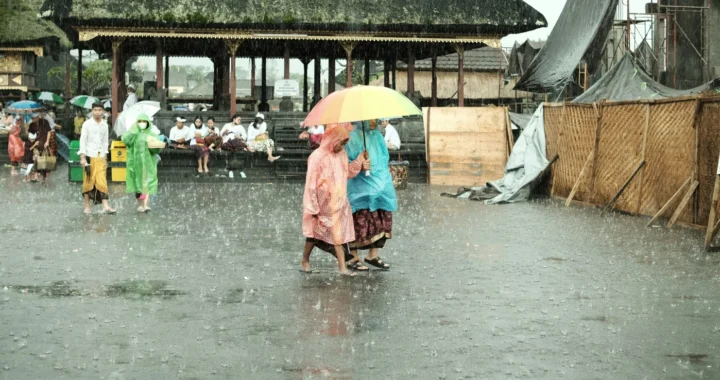 Reflecting on Our Understanding of Disaster
Reflecting on Our Understanding of Disaster 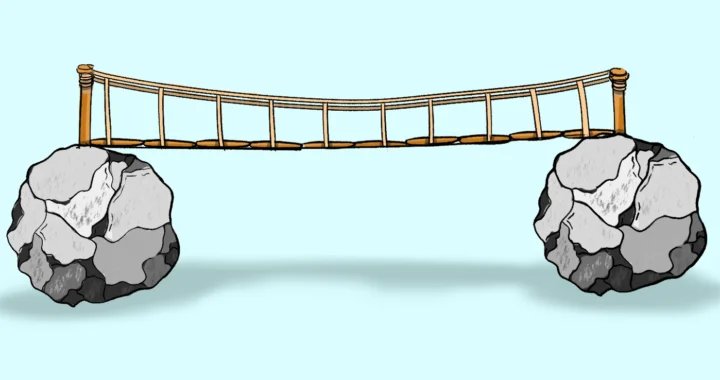 How Middle Managers Can Become the Bridge of Corporate Sustainability
How Middle Managers Can Become the Bridge of Corporate Sustainability  Racing with the Rapid Glacier Loss Globally
Racing with the Rapid Glacier Loss Globally 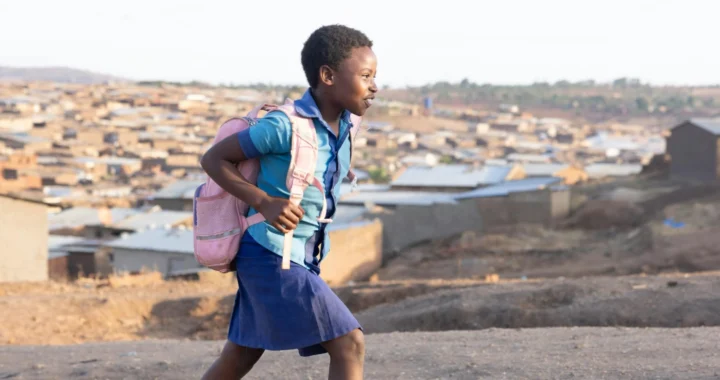 Understanding the Impacts of Rising Temperatures on Early Childhood Development
Understanding the Impacts of Rising Temperatures on Early Childhood Development 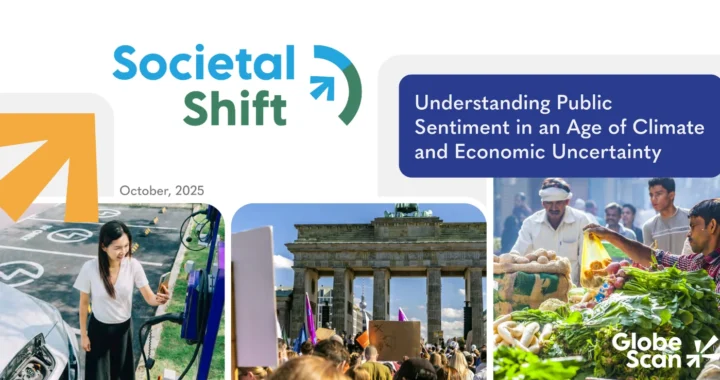 Closing the Sacrifice Gap: Mainstreaming Climate Behavior for Meaningful Change
Closing the Sacrifice Gap: Mainstreaming Climate Behavior for Meaningful Change  Addressing the Elephant in the Forest: The Necessity of Disaster Recovery Plans for Wildlife
Addressing the Elephant in the Forest: The Necessity of Disaster Recovery Plans for Wildlife